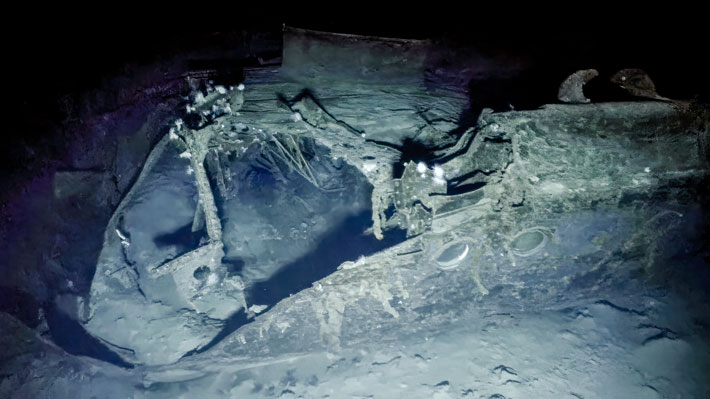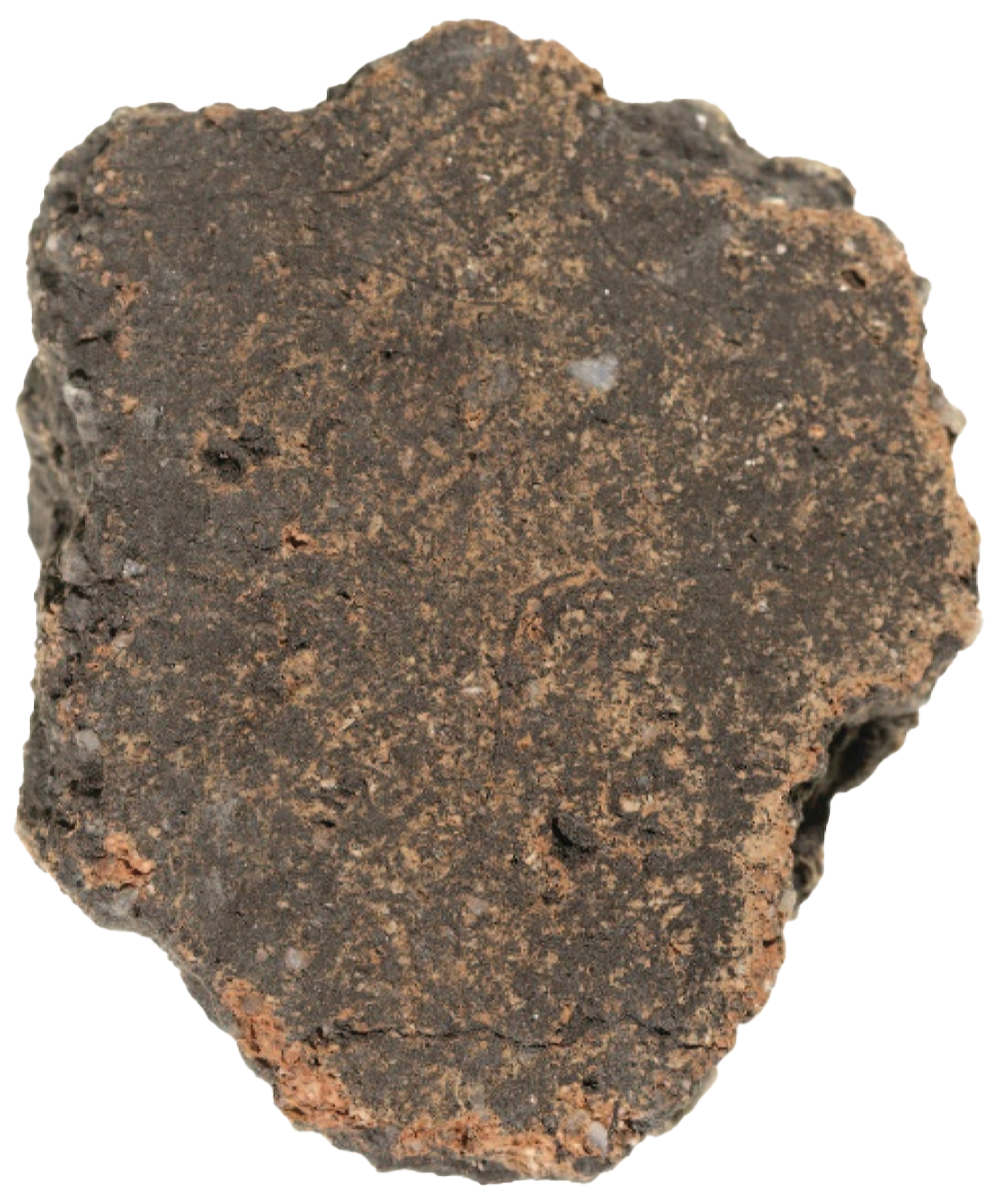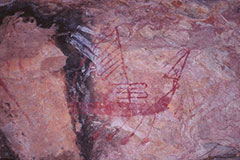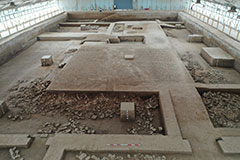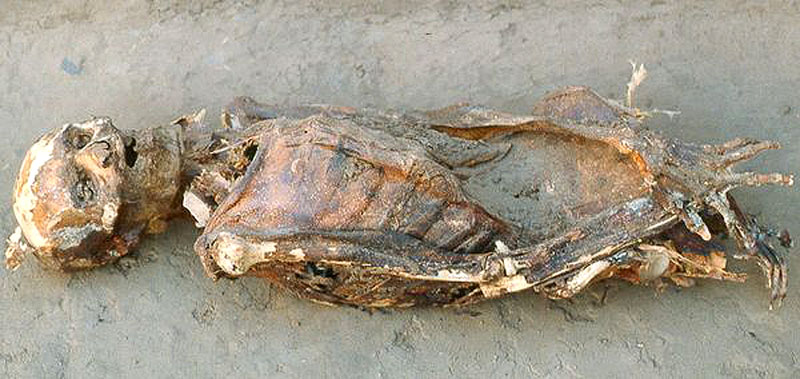Features From the Issue
-
Features January/February 2024
Top 10 Discoveries of 2023
ARCHAEOLOGY magazine reveals the year’s most exciting finds
 (AdobeStock)
(AdobeStock) -
Features January/February 2024
In the Time of the Copper Kings
Some 3,500 years ago, prosperous merchants on Cyprus controlled the world’s most valuable commodity

-
Features January/February 2024
When the Water Dried Up
How foragers in North America’s Great Basin survived a 1,000-year megadrought
-
Features January/February 2024
Midway's Lost Warships
Archaeologists survey the sunken aircraft carriers whose fate determined the outcome of WWII in the Pacific
-
Features January/February 2024
The Power of Pergamon
From their monumental capital, the Attalid Dynasty ruled a realm where both Greek and Anatolian culture flourished
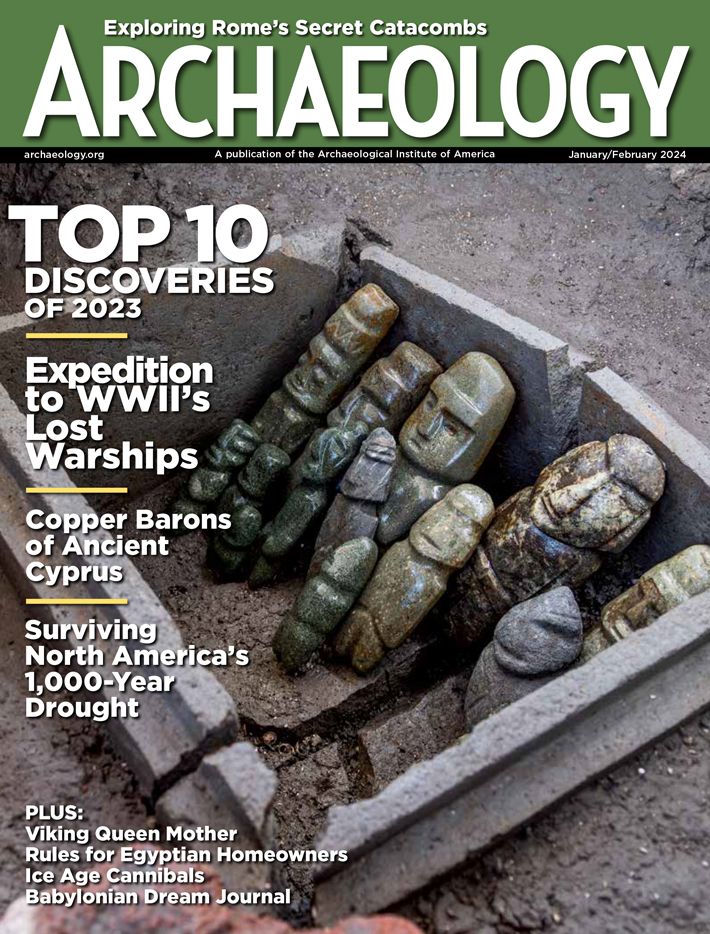
Letter from Rome
Letter from Rome
Secrets of the Catacombs
A subterranean necropolis offers archaeologists a rare glimpse of the city’s early Jewish community

Artifact
Artifacts
Maya Ceramic Whistles
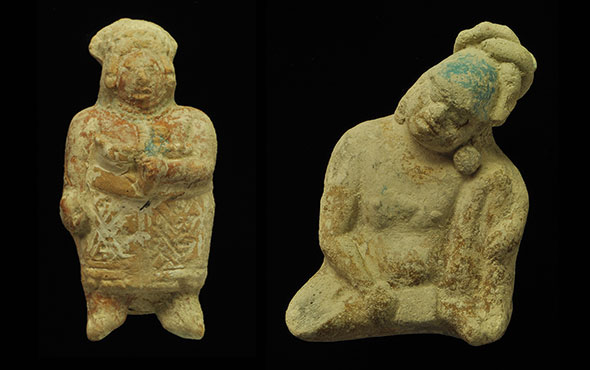
Digs & Discoveries
-
Digs & Discoveries
Portrait of an Ancient Ax

-
Digs & Discoveries
Legionary Personal Effects

-
Digs & Discoveries
Divine Dreaming
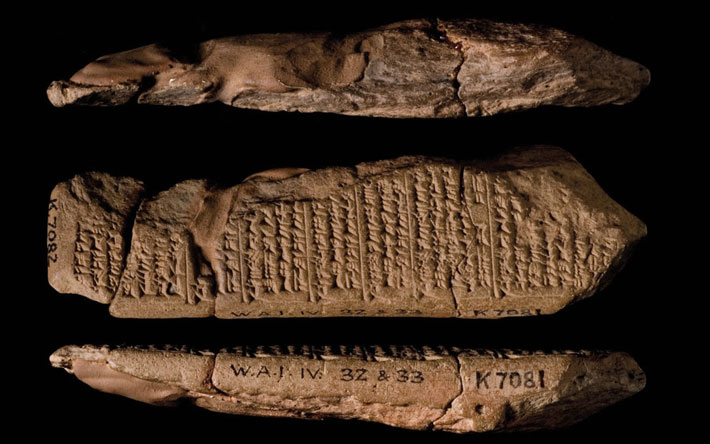
-
Digs & Discoveries
From Hunted to Herded
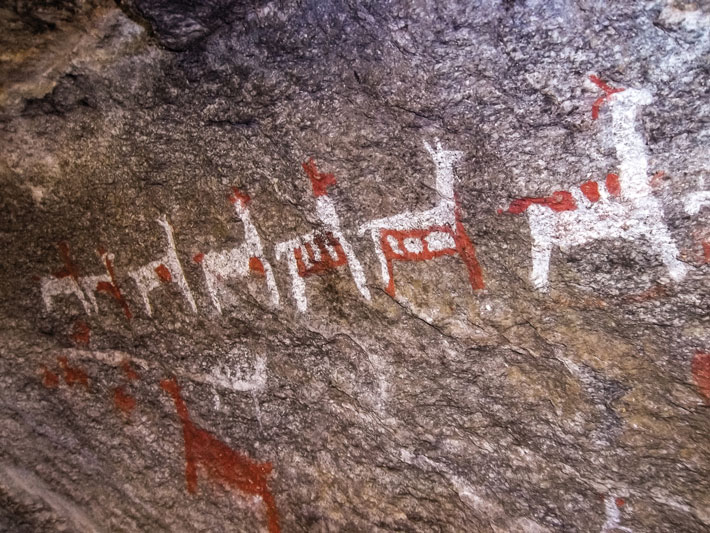
-
Digs & Discoveries
Ice Age Cannibalism
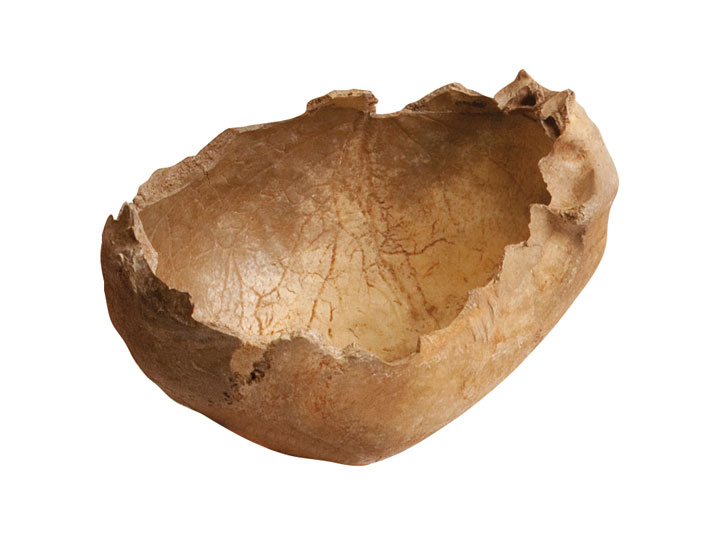
-
Digs & Discoveries
Tracking Ancient Animals
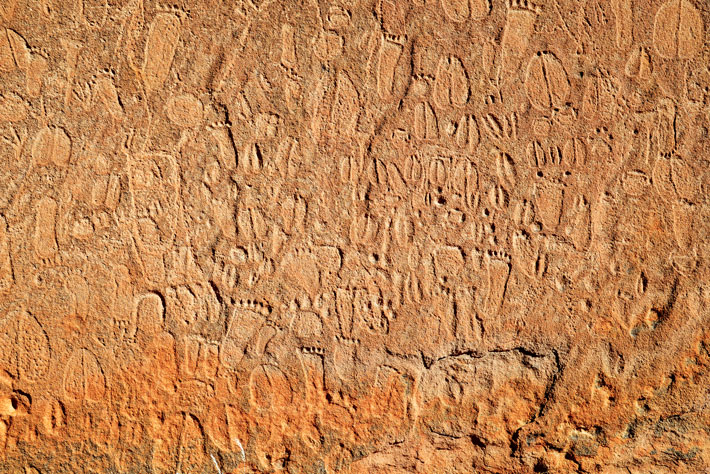
-
Digs & Discoveries
Denmark’s Founding Mother
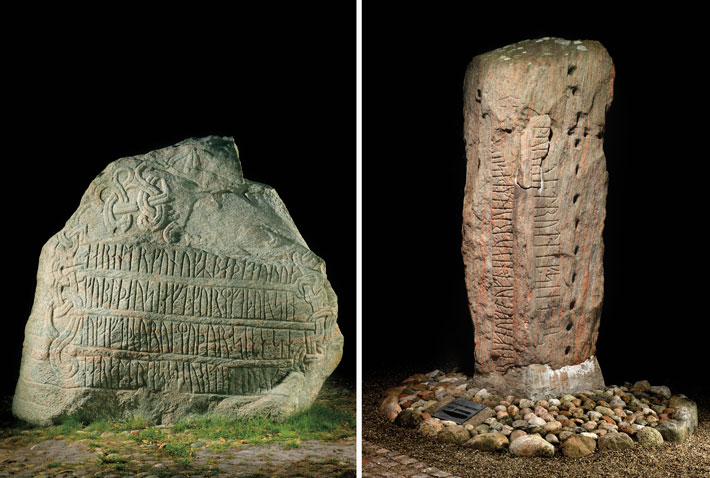
-
Digs & Discoveries
Maize Maintenance
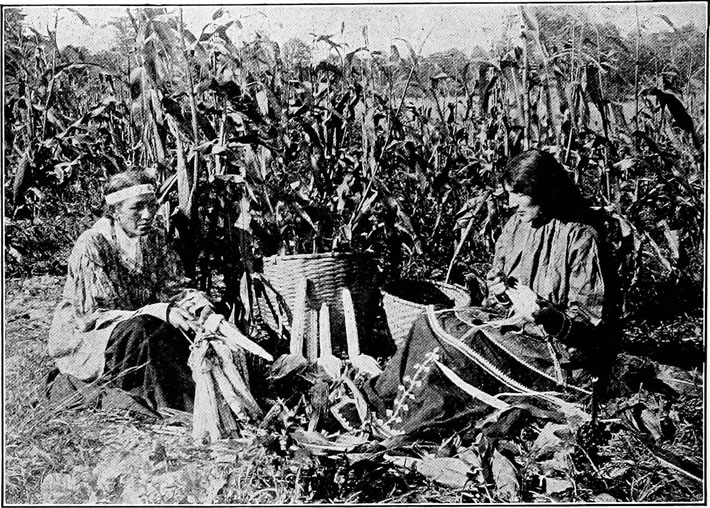
-
Digs & Discoveries
A Courtesan’s Prized Possession
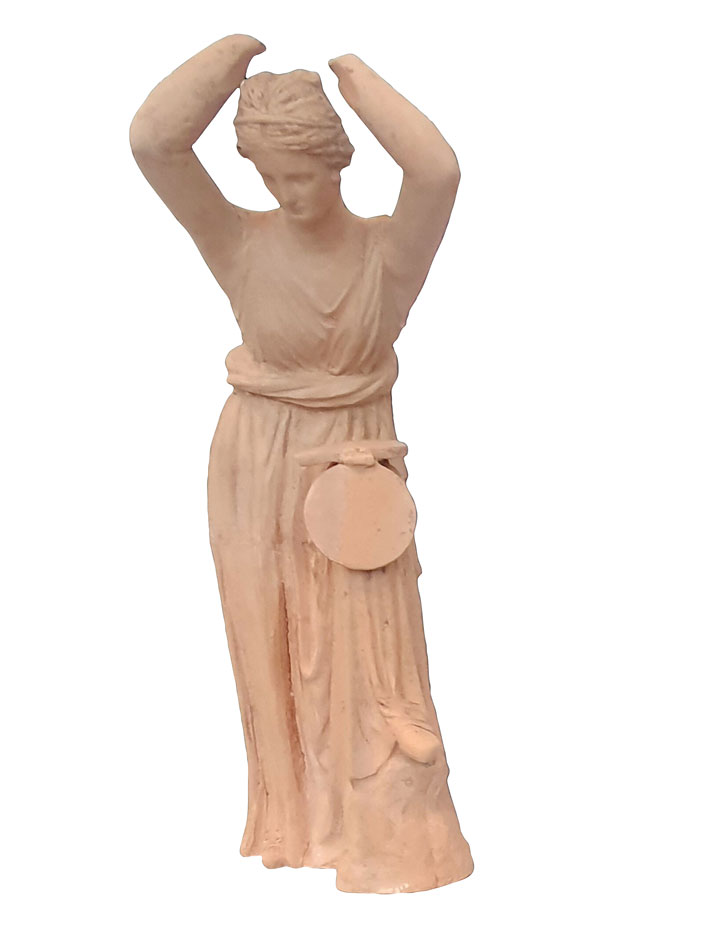
-
Digs & Discoveries
When It Rains It Pours
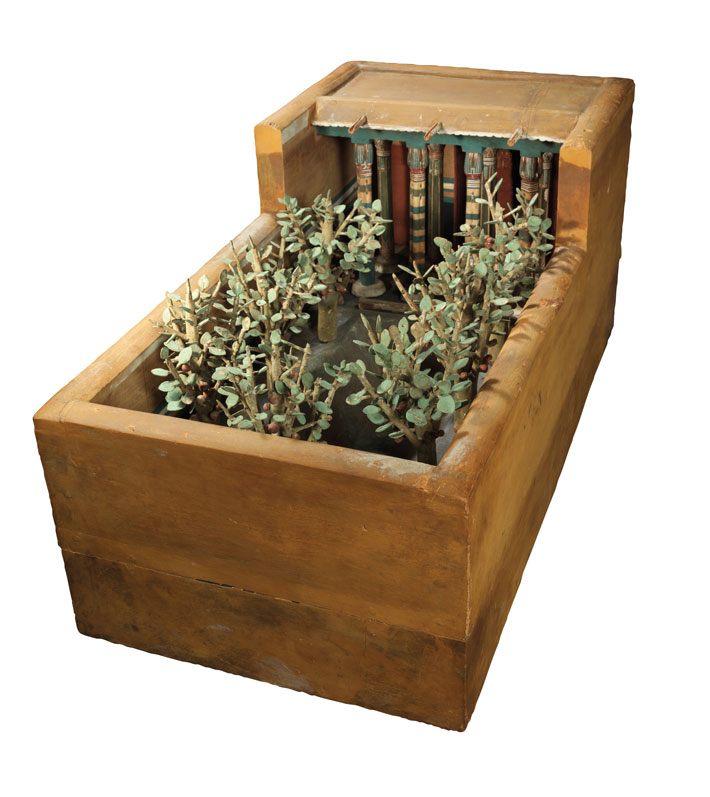
-
Digs & Discoveries
More Images from Digs & Discoveries
Off the Grid
Off the Grid January/February 2024
Ambrosio Cave, Cuba
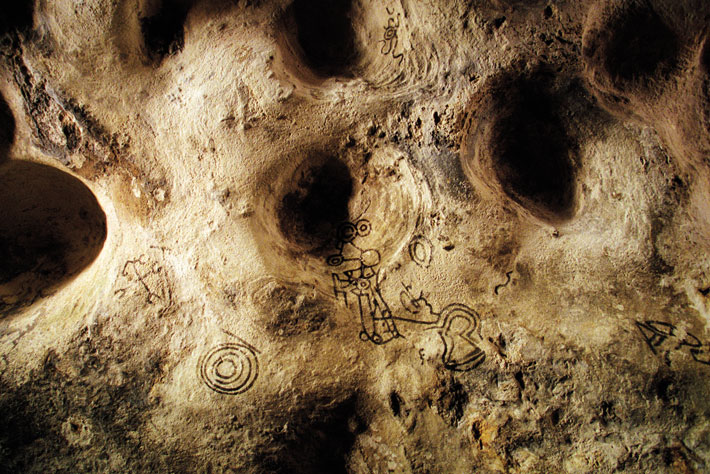
Around the World

AUSTRALIA

Dingoes are considered a menace by many today, but 2,000 years ago people had a much different relationship with them. Although the canines are generally feral, Aboriginal peoples occasionally adopted them. Excavations at Curracurrang Rock Shelter in New South Wales suggest the two species even formed close bonds. Dingo burials found at the site alongside those of First Peoples indicate that the dogs were treated with great care, often receiving the same funerary rites and burial customs as their human companions.
Related Content

CHINA
Guards protecting the Great Wall of China 500 years ago during the Ming Dynasty had a secret weapon to toss at would-be assailants—hand grenades. While excavating the first storeroom ever found along the wall, near the popular Badaling section, archaeologists discovered a cache of 59 spherical projectiles. They were made of stone and had been drilled with holes that could be filled with gunpowder and sealed, creating an explosive effect when hurled at an enemy.
Related Content

SUDAN
Full-spectrum photography revealed a rare medieval tattoo on a man who lived at the monastic site of Ghazali in Nubia around 1,300 years ago. The right foot of the 35-to-50-year-old individual was marked with a Chi-Rho, a Christian symbol composed of the Greek letters chi and rho. This symbol was frequently used as an abbreviation for Jesus Christ, as chi and rho are the first two letters of the Greek word Christos.
Related Content
Slideshow: The Lost Ships of Midway
